Pull into any gas station and you’re hit with a choice: regular, mid-grade, or premium. And if you’re like most drivers, you’ve probably wondered if that higher-octane stuff is actually doing anything besides shrinking your bank account. Some folks swear by it. Others say it’s a waste unless you’re driving something with a badge that ends in “Turbo” or “GT.”
The truth is a little more technical—but not complicated. Whether you drive a crossover, a commuter sedan, or a modern turbocharged car, here are 10 facts that’ll help you decide if premium fuel is really worth the price.
1. Octane Rating Measures Knock Resistance—Not Fuel Quality
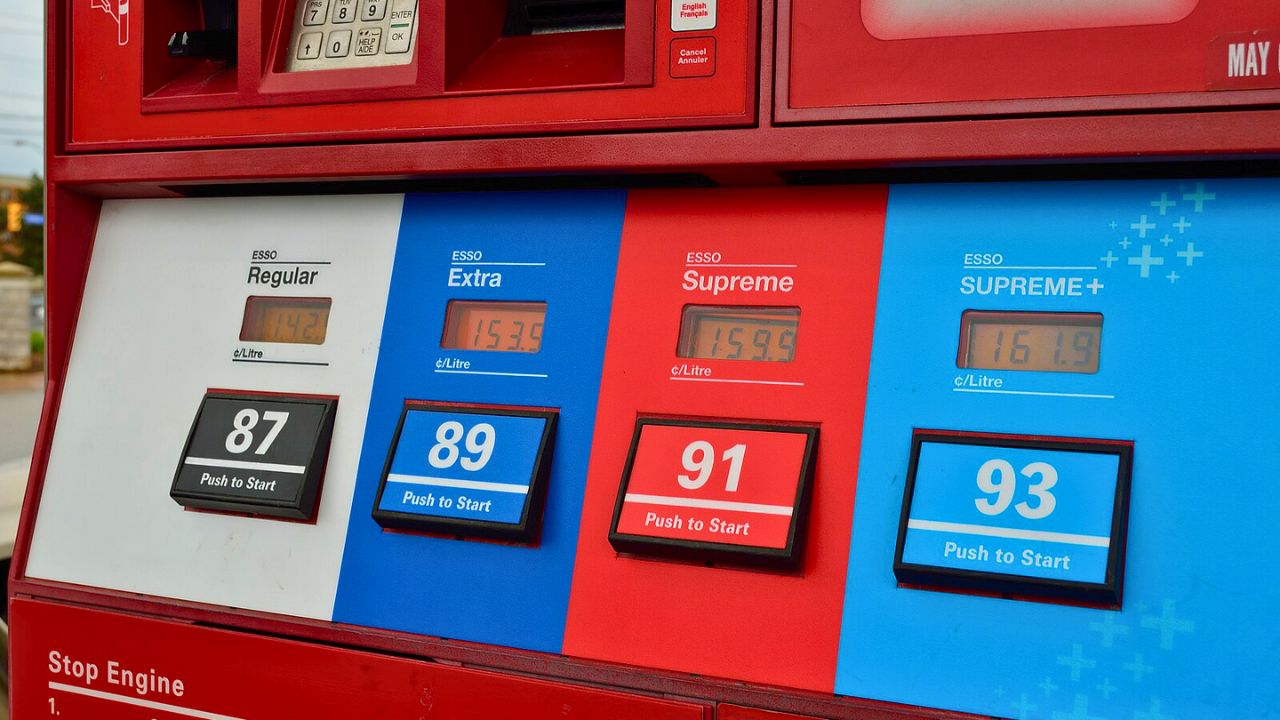
When you see 87, 89, or 91 at the pump, you’re not looking at a “better” or “cleaner” fuel—you’re looking at octane rating. That number tells you how resistant the fuel is to pre-ignition or engine knock, which can happen under high pressure. The higher the number, the more pressure the fuel can handle before it ignites.
Modern cars are engineered to run on a specific octane level. If your vehicle is tuned for 87, filling up with 91 won’t make it run smoother or stronger. Higher octane doesn’t equal higher quality—it just resists knock in engines that need it. Engines with higher compression ratios or forced induction need higher octane to avoid detonation. But if your engine’s compression is below 10:1 and there’s no turbo or supercharger in sight, running premium won’t make it perform any better.
2. Most Cars on the Road Today Are Designed for Regular Gas

According to the U.S. Energy Information Administration, more than 80% of cars sold in recent years are tuned for regular unleaded (87 octane). That includes popular models like the Honda Accord, Toyota RAV4, and Ford Escape.
Unless your vehicle’s manual specifically calls for premium, using it offers little benefit. The engine’s compression ratio, fuel system, and spark timing are optimized for regular gas. Premium won’t harm your engine, but it won’t improve performance or fuel economy either. It’s just extra cost with no return.
3. Cars That “Recommend” Premium Can Still Use Regular
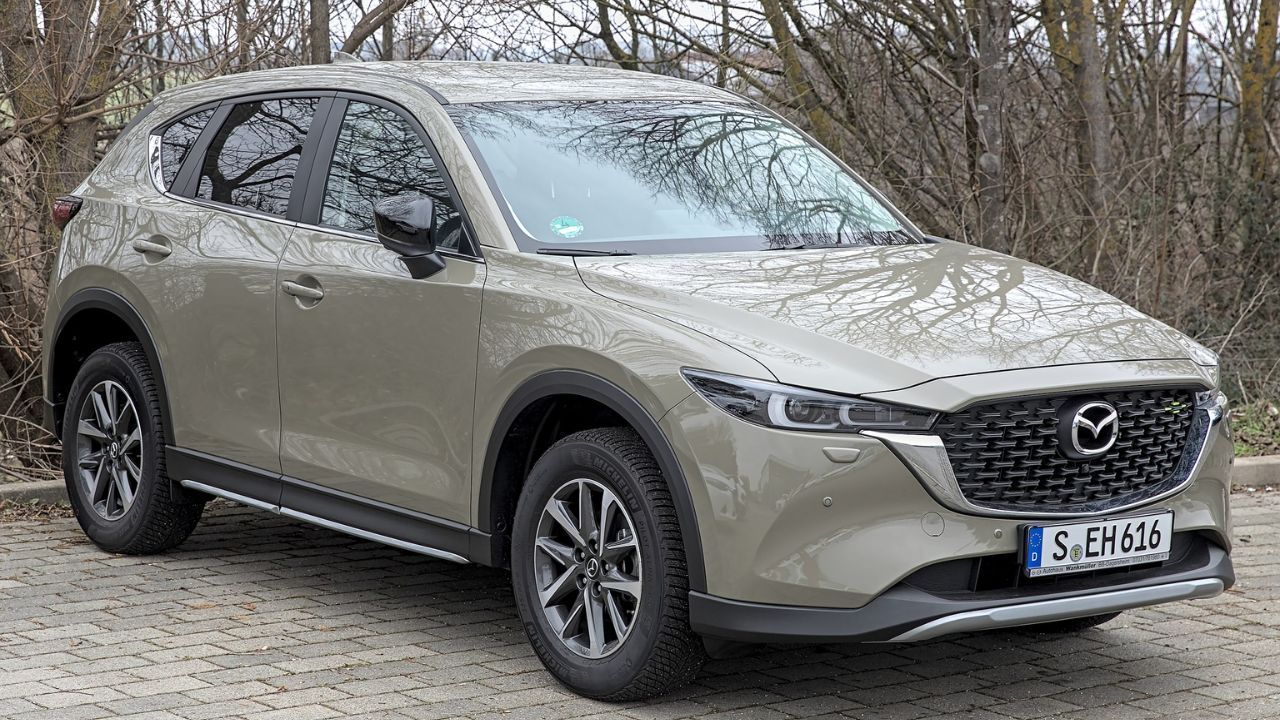
Some cars list premium fuel as “recommended,” not “required.” This usually means the engine can run on regular, but it may lose a small amount of performance. Modern ECUs detect the lower octane and adjust spark timing to avoid knock.
You might notice a minor drop in acceleration or throttle response, especially in turbocharged engines like those found in the Mazda CX-5 or VW Tiguan. But for daily driving, the difference is small—and you’ll save money at every fill-up without damaging the engine.
4. Premium Fuel Doesn’t Add Power If Your Engine Isn’t Tuned for It
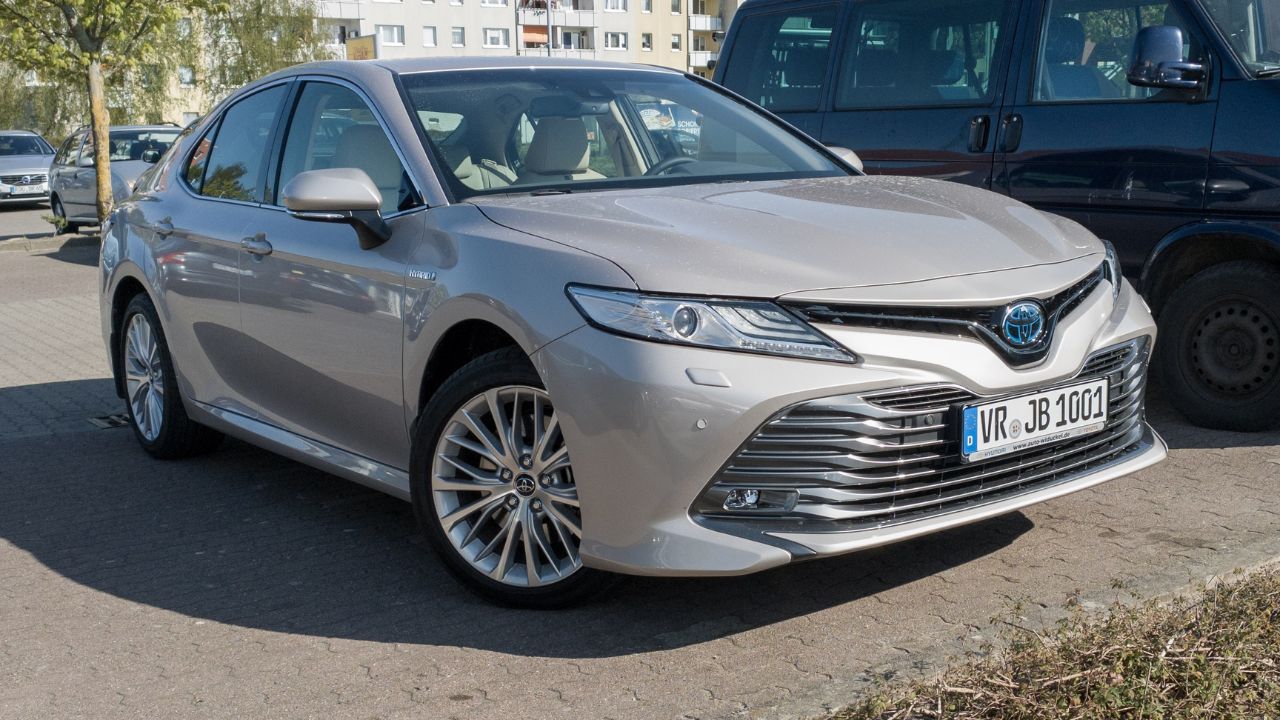
It’s a common myth: premium fuel equals more horsepower. The truth is, unless your car’s engine was specifically tuned to take advantage of higher octane, you won’t see a performance gain. The fuel doesn’t burn “hotter” or make your engine faster—it just resists knocking under pressure.
If you drive something like a Toyota Camry or a Hyundai Sonata that’s built for regular, premium won’t make it any quicker. That extra cost at the pump just goes toward fuel your engine doesn’t need—and can’t use.
5. Premium Fuel Can Slightly Improve Fuel Economy in Some Cars
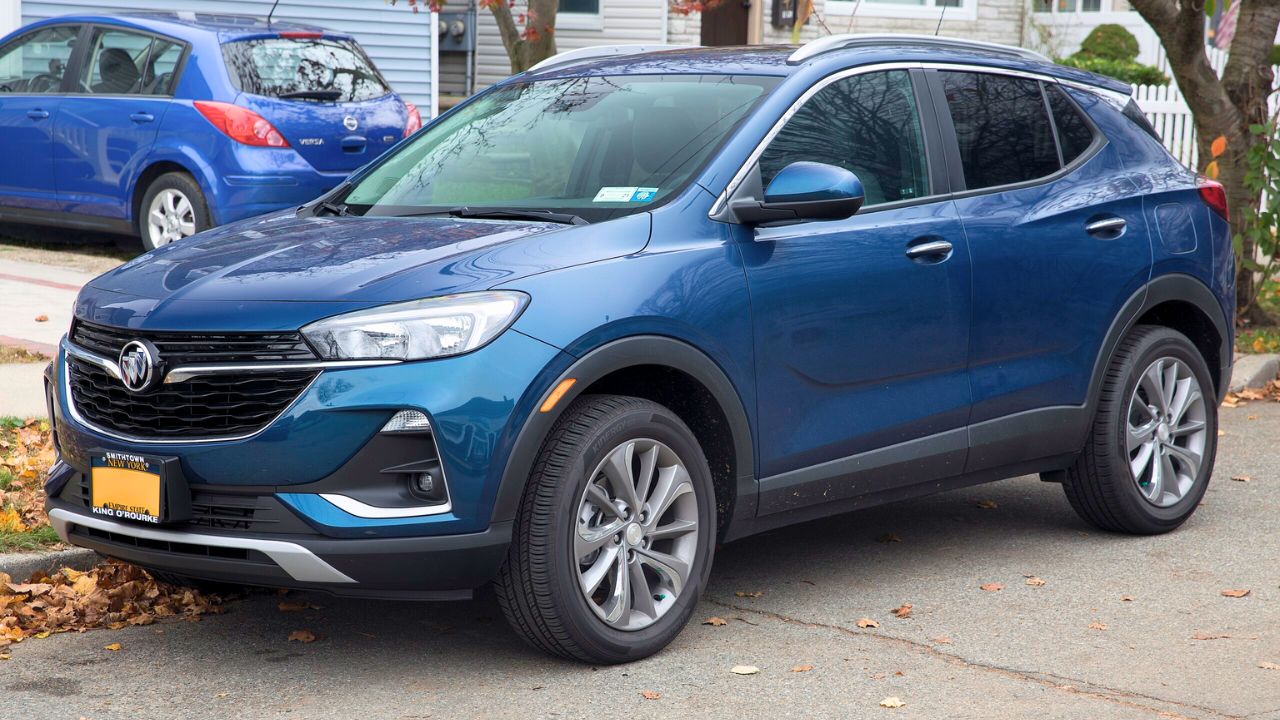
If your car has a knock sensor and adaptive engine control, running premium might slightly improve fuel economy. Some engines adjust ignition timing to take advantage of higher-octane fuel, leading to a small efficiency bump—usually 1–3%, according to AAA testing.
But that’s not a guarantee. For most drivers, the mileage gain doesn’t offset the price difference. If you’re driving a turbocharged SUV or sedan that recommends premium, it might be worth testing over a few tanks. Just don’t expect major savings at the pump.
6. Premium Fuel Helps in High-Load or High-Heat Conditions
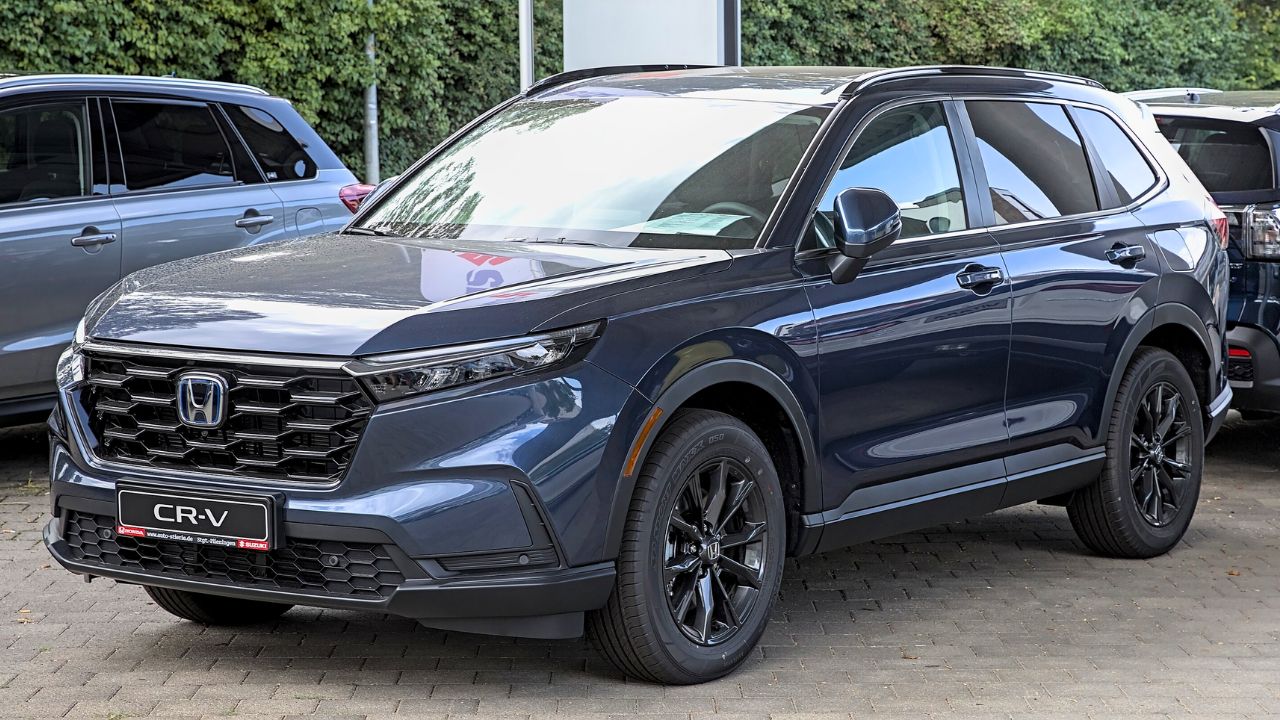
Under heavy loads or hot weather, some engines benefit from premium fuel even if they normally run on regular. Towing, long highway climbs, or extreme summer heat can raise combustion temperatures and increase the risk of knock.
Vehicles like the Honda CR-V or Subaru Outback with smaller turbocharged engines may perform more consistently with 91 octane in those conditions. It’s not a daily requirement, but if your engine feels strained under load, switching to premium temporarily can help prevent knock and maintain smoother operation.
7. Turbocharged Engines Often Require Premium for Peak Performance

Turbocharged engines squeeze more air and fuel into each cylinder, which increases the risk of knock. That’s why many turbocharged models—like the BMW 3 Series, Audi A4, or Acura TLX—require or recommend premium fuel.
Running 87 octane in an engine built for 91 can lead to reduced power and efficiency, as the ECU will retard timing to protect the engine. You won’t necessarily damage it, but you won’t get the performance you paid for either. If your turbo car says “premium required,” believe it.
8. All Grades Must Meet Detergent Standards
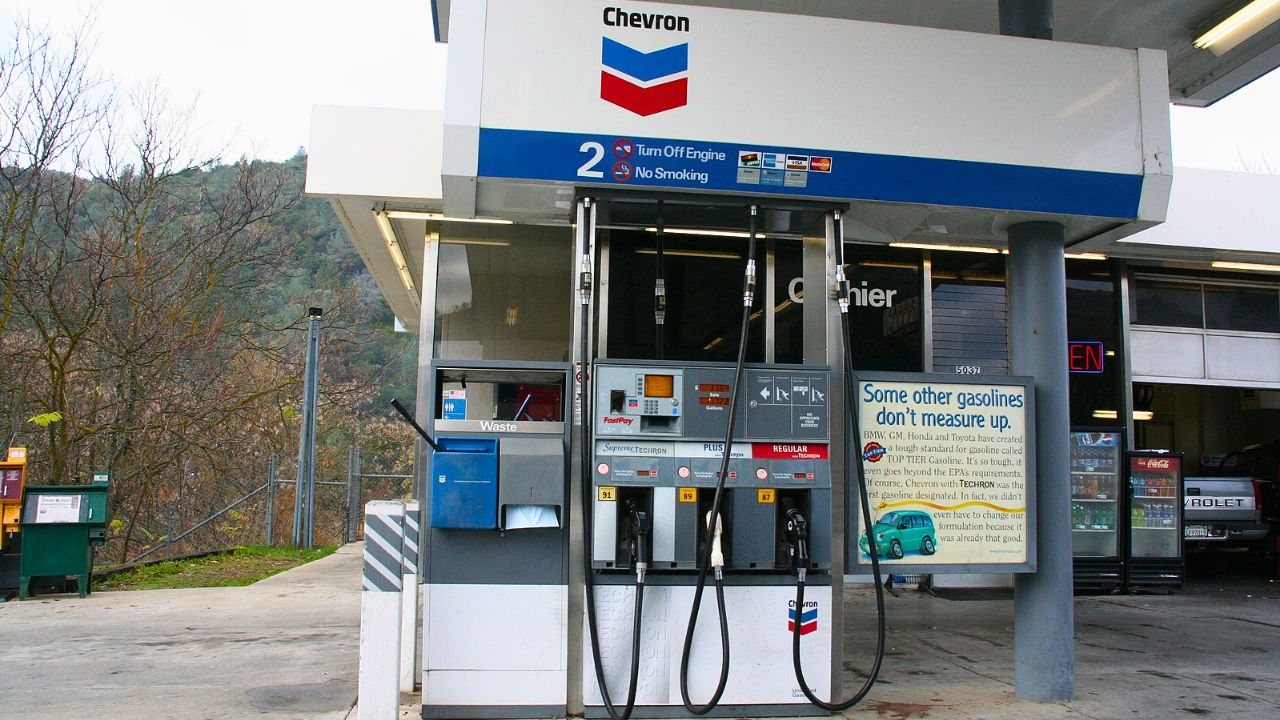
One of the old arguments for premium is that it keeps your engine cleaner. But since 1995, all grades of gasoline sold in the U.S. are required to contain engine-cleaning detergents. The difference in additive levels between regular and premium is minor, and often brand-dependent.
If cleaning is your concern, look for Top Tier certified brands like Chevron, Mobil, or Shell. They include a higher standard of detergents in all grades—regular included. Spending more for premium just for “cleaning power” isn’t necessary unless your car truly needs it.
9. Your Engine’s Knock Sensor Is Smarter Than You Think
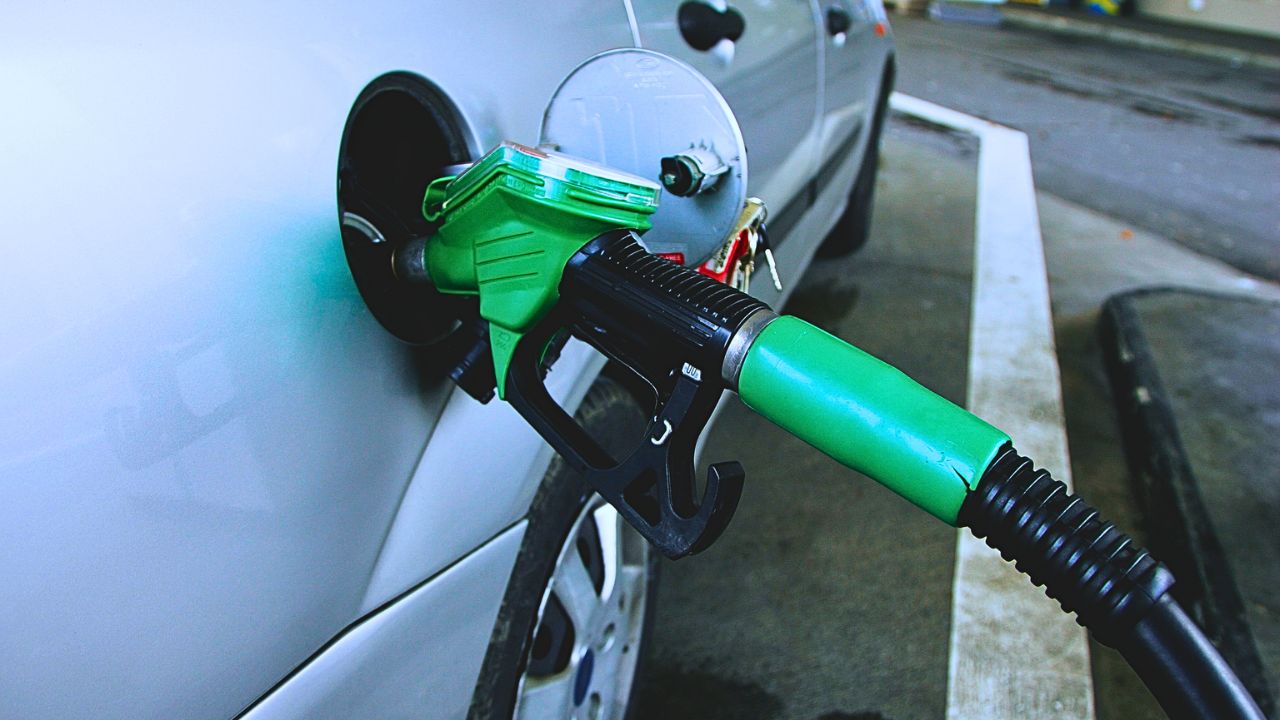
Modern engines use knock sensors to monitor for pre-ignition in real time. If knock is detected, the ECU adjusts timing to protect the engine. This allows for some flexibility in fuel grade—especially in cars that recommend, but don’t require, premium.
For instance, a Nissan Altima or Honda Accord with direct injection and variable timing can safely run on 87, even if 91 might yield slightly better numbers. The engine is already managing the balance behind the scenes. You’re not outsmarting it by filling up with premium every time.
10. The Owner’s Manual Knows Better Than Pump Hype
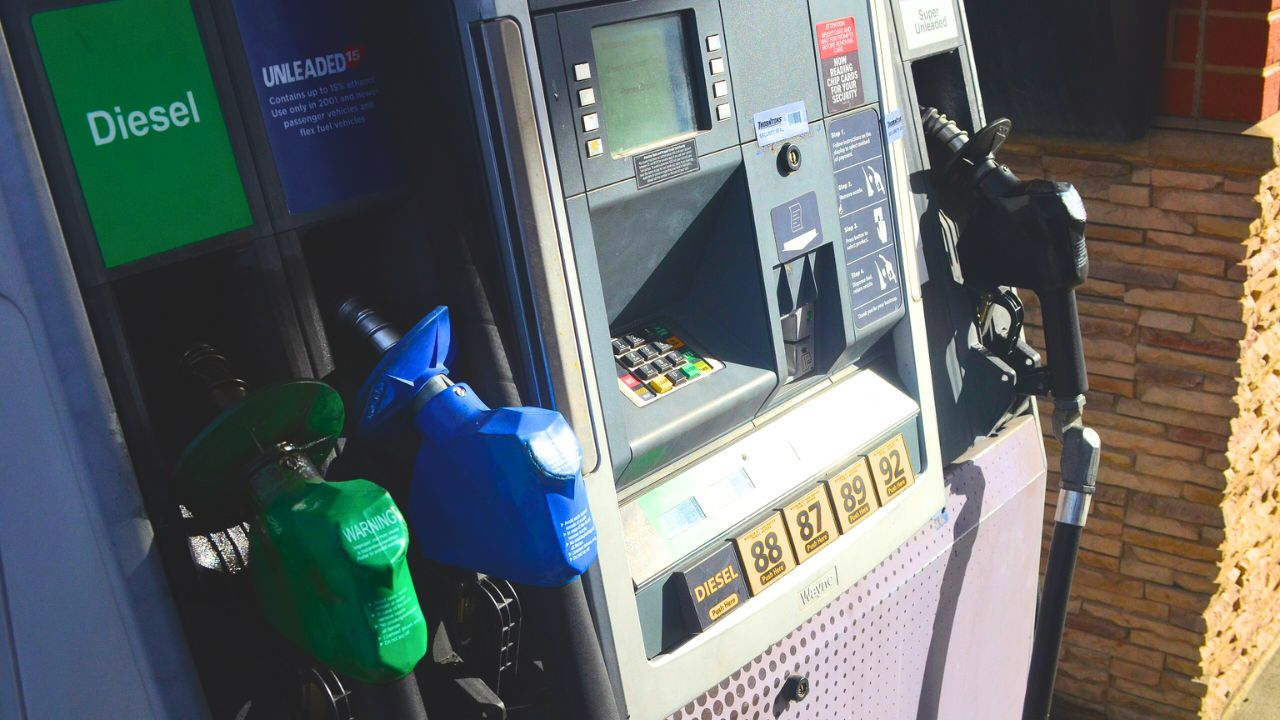
The only fuel recommendation you should trust is the one printed in your owner’s manual. It’s based on lab testing, manufacturer tolerances, and the engine’s design—not internet myths or gas station ads.
If it says 87, use 87. If it says “premium required,” then that’s what it takes to keep your car running as intended. Anything else is just guesswork. There’s no benefit in treating fuel like snake oil—your engine doesn’t care how premium the label looks if it wasn’t built to use it.
*This article was hand crafted with AI-powered tools and has been car-fully, I mean carefully, reviewed by our editors.

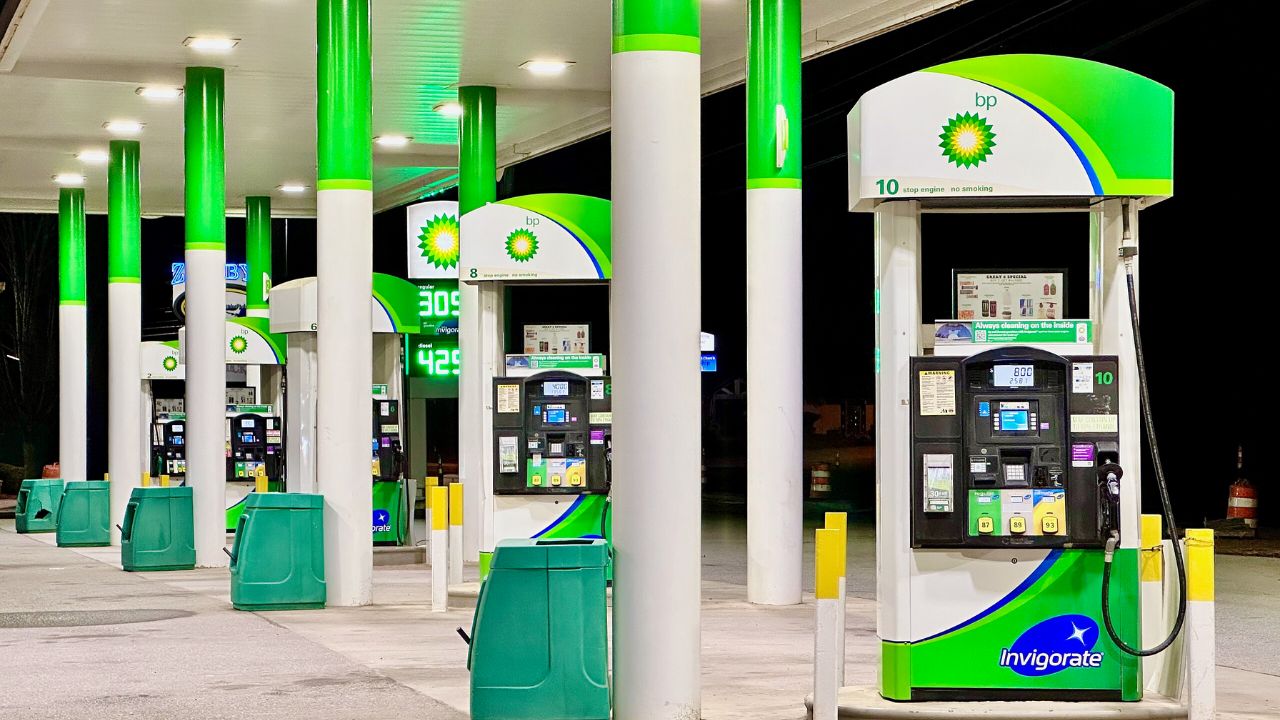
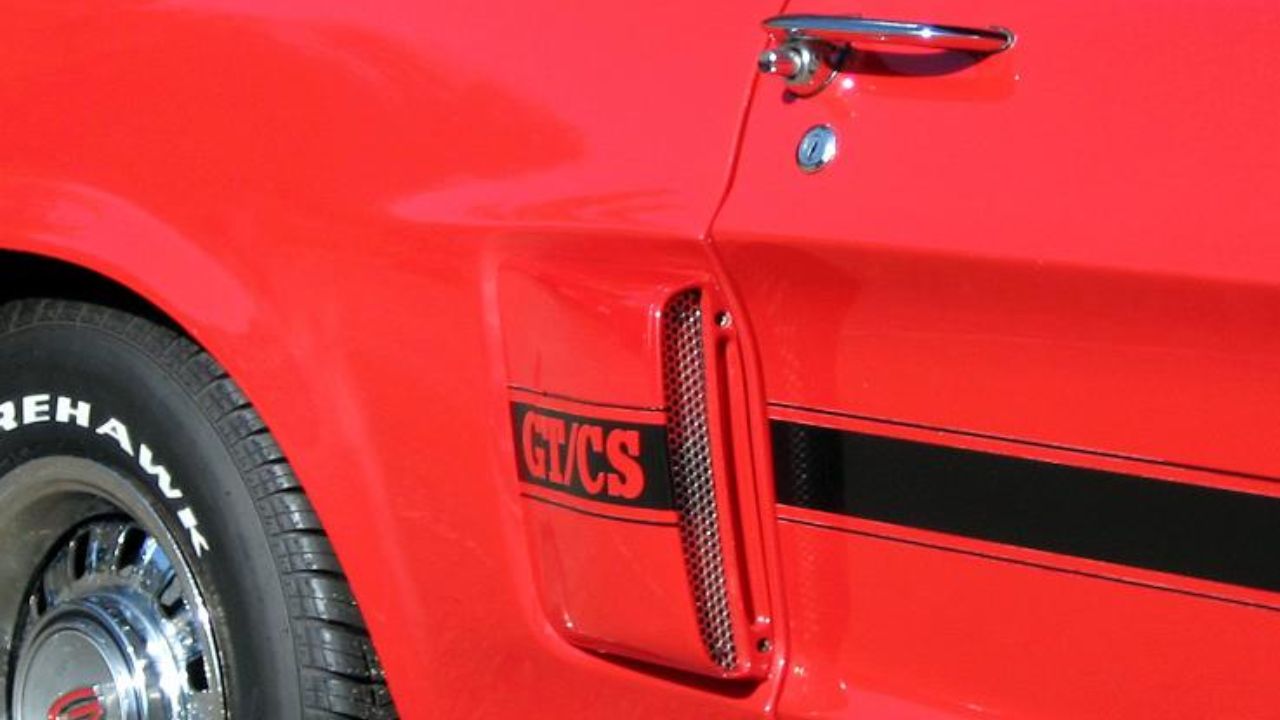
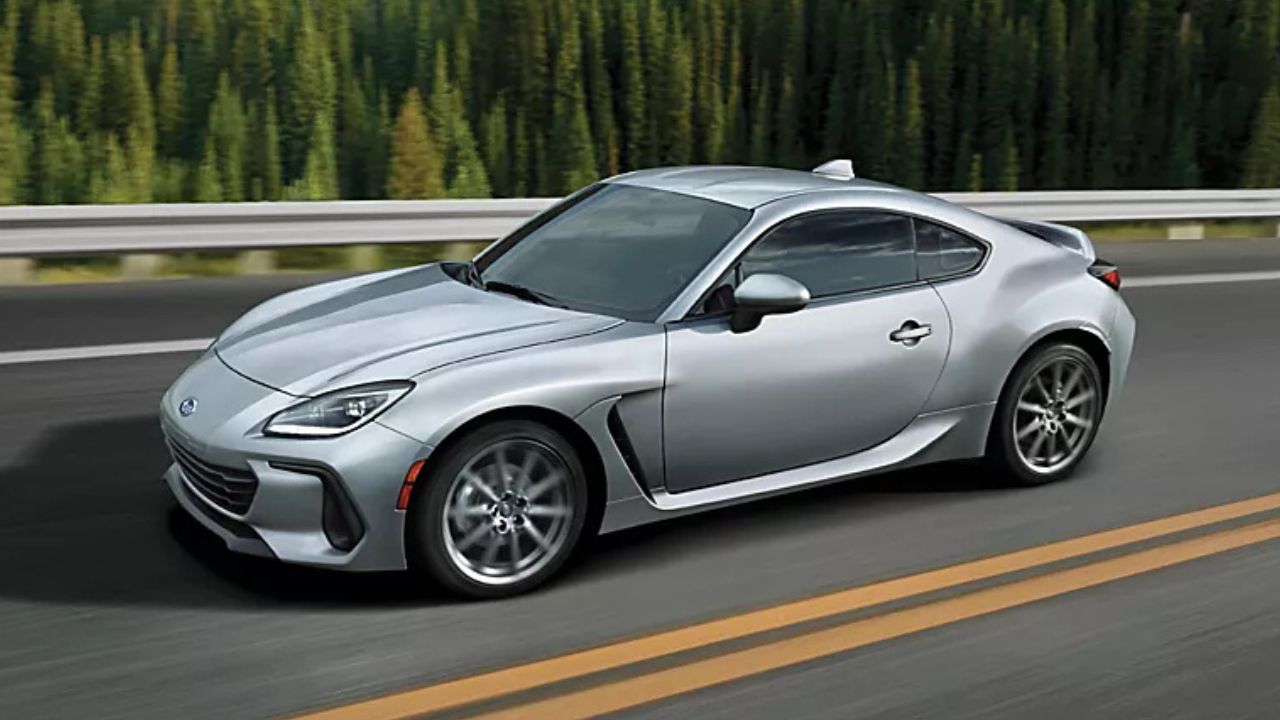

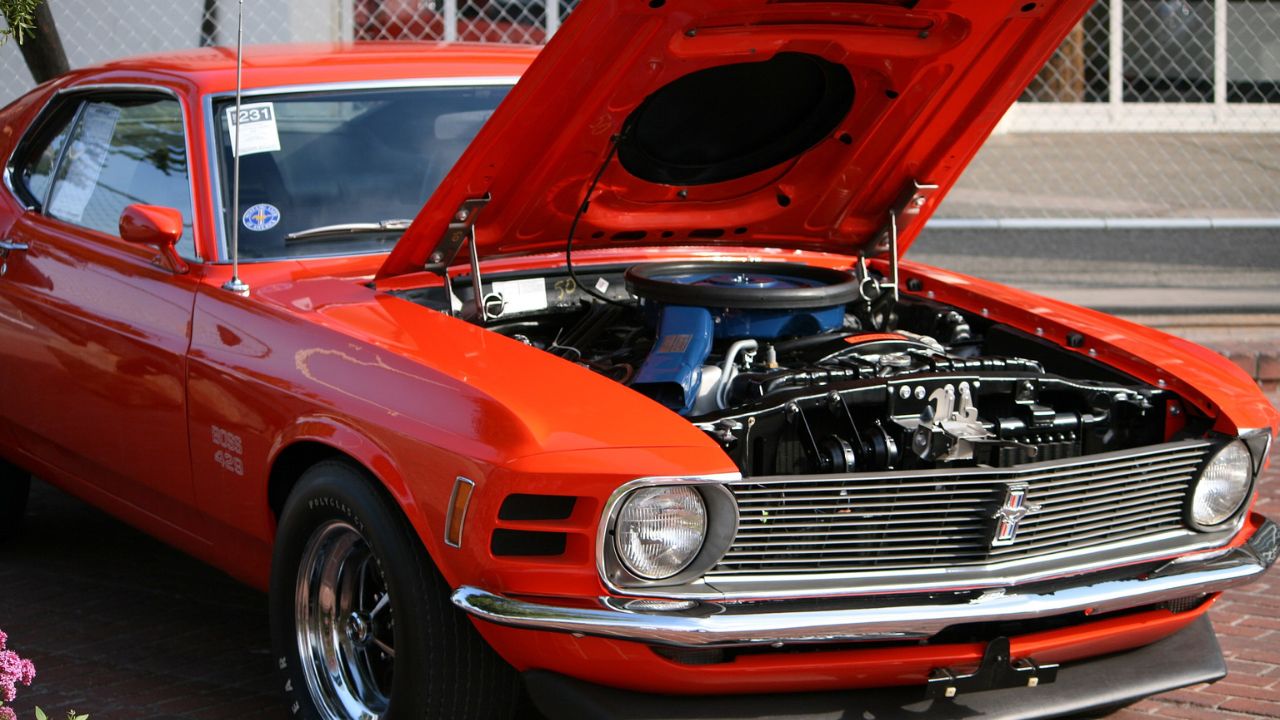
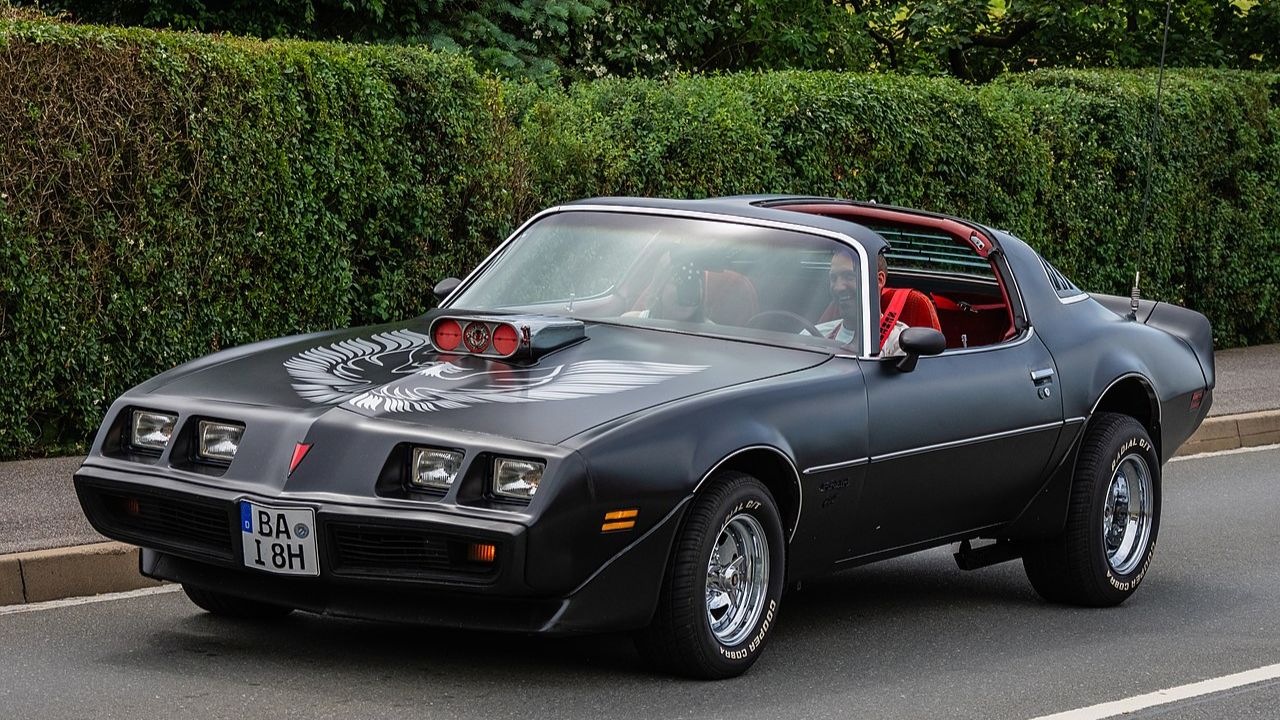
Leave a Reply